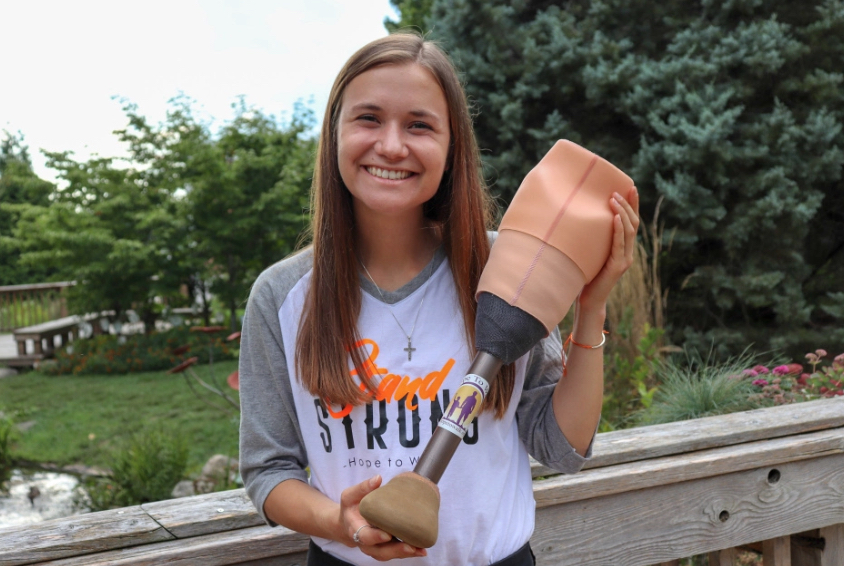BLACKSBURG, Va.- A local nonprofit in the New River Valley is working with Virginia Tech students to help others walk again around the world.
Hope to Walk is an organization dedicated to providing affordable prosthetic legs for those in need. Created in 2013 by Phil Johnson and Michael Mabry, the duo was able to create a design that not only was cheaper than standard costs but one that they could give to patients for free.
According to a Jordan Thomas Foundation article, prosthetics can cost thousands of dollars for amputees. Hope to Walk however has been able to make these legs using materials that can be found in a hardware store such as, PVC pipes, wood, and other welding tools. The total cost, as a result, comes out to be around $100. The organization has been able to provide these legs across the globe while also training locals in the community on how to construct them. Countries, where there is a current focus, include Honduras, Guatemala, Haiti, and Vietnam.
The nonprofit has also made its presence known on Virginia Tech’s campus. Senior Allison Burns represented Hope to Walk on the homecoming court as her platform earlier this semester. Burns, who finished second in the queen voting, said her campaign was unique because people could make a difference “with more than just a vote.” Through selling t-shirts and other donations, the campaign was able to raise $3000 or the equivalent of 30 legs for Hope to Walk.
Although Burns did not become homecoming queen, she believes victory was achieved a different way.
“We totally won in the way we had some many people at Virginia Tech encouraged and wanting to invest in the organization,” she said. “That was my whole heart and vision behind it.”
Burns is not the only student associated with Hope to Walk. Junior Brooke Merryman got involved her freshman year due to her interest in prosthetics and traveled with them to Honduras to help in their ventures. Currently, she is involved in a research project in the mechanical engineering department with the next step being to redesign the prosthetic to fit above the knee amputees, as the organization had to previously turn away such patients because they had not created one yet. According to Merryman, the group will test the knees in Peru in Jan. 2019, and if all goes well Hope to Walk will be able to “take it and run with it.”
Other students will have the opportunity to volunteer with Hope to Walk as well. The organization will partner with Burns in the spring to host a workshop where those who come will help in the construction of the leg.
“We want to be able to bring people together and get them involved,” Burns said. “In turn, we can give back to individuals in need.”
by Billy Parvatam

